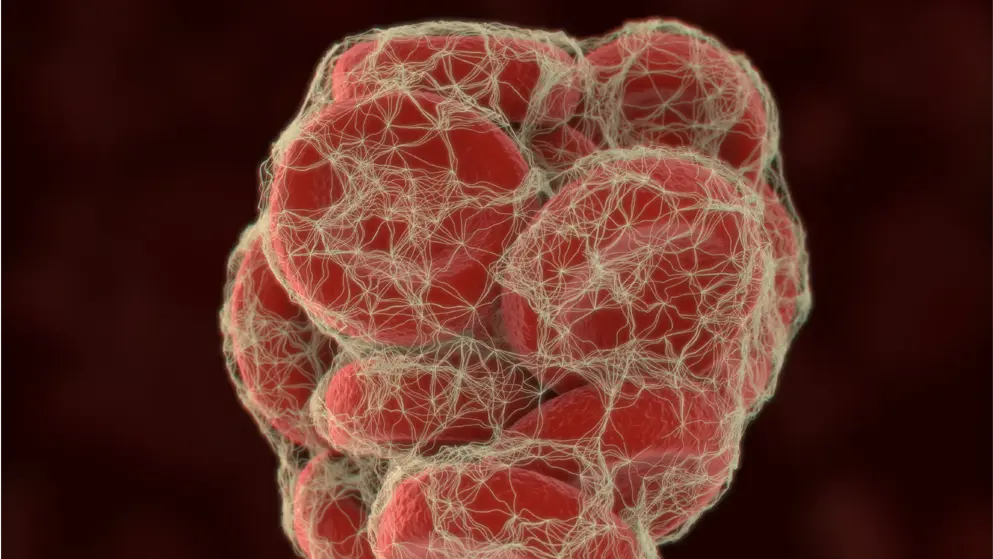
Welcome
In this learning zone, we highlight that acquired fibrinogen deficiencies are much more common than congenital deficiencies. Acquired fibrinogen deficiency is usually the result of consumption, dilution or loss through bleeding as occurs during massive trauma, cardiac surgery and postpartum haemorrhage. Learn more about both congenital and acquired fibrinogen deficiencies including indications and techniques for diagnosis, trigger levels for treatment and treatment options.
eLearning modules in Fibrinogen Deficiency
This eLearning course comprises two modules. Enrol today to learn about:
-
Different conditions leading to fibrinogen deficiency
-
Diagnostic tools and treatment options for fibrinogen deficiency
-
Management of fibrinogen deficiency and coagulopathy in the cardiac and trauma setting
of interest
are looking at
saved
next event
Developed by EPG Health for Medthority in collaboration with CSL Behring, with content provided by CSL Behring.
Not intended for Healthcare Professionals outside Europe.



